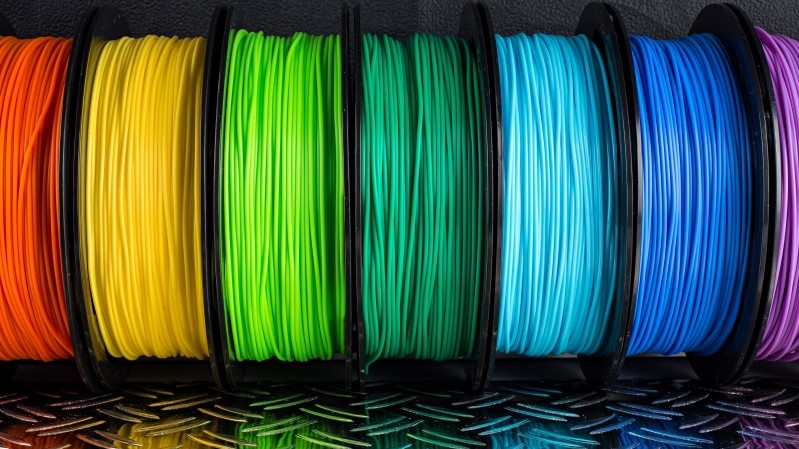Polypropylene (PP) is a thermoplastic that has a number of properties that sets it apart from other thermoplastics which see common use with 3D printing, including PLA, ABS and nylon (PA). Much like ABS (and the similar ASA), it is a pretty touchy material to print, especially on FDM printers. Over at the [All3DP] site [Nick Loth] provides a quick start guide for those who are interested in using PP with 3D printing, whether FDM, SLS or others.
A nice aspect of printing with PP is that it requires similar temperatures for the extruder (205 – 275 °C) and print bed (80 – 100 °C) as other common FDM filaments. As long as airflow can be controlled in the (enclosed) printer, issues with warping and cracking as the extruded filament cools should not occur. Unlike ABS and ASA which also require an enclosed, temperature-controlled printing space, PP has an advantage that printing with it does not produce carcinogenic fumes (styrene, acrylonitrile, etc.), but it does have the issue of absolutely not wanting to adhere to anything that is not PP. This is where the article provides some tips, such as the use of PP-based adhesive tape on the print bed, or the use of PP-based print plates.
As far as PP longevity and recyclability goes, it compares favorably with ABS and PA, meaning it’s quite resilient and stable, though susceptible to degradation from UV exposure without stabilizers. Recycling PP is fairly easy, though much like with polymers like PLA, the economics and logistics of recycling remain a challenge.
